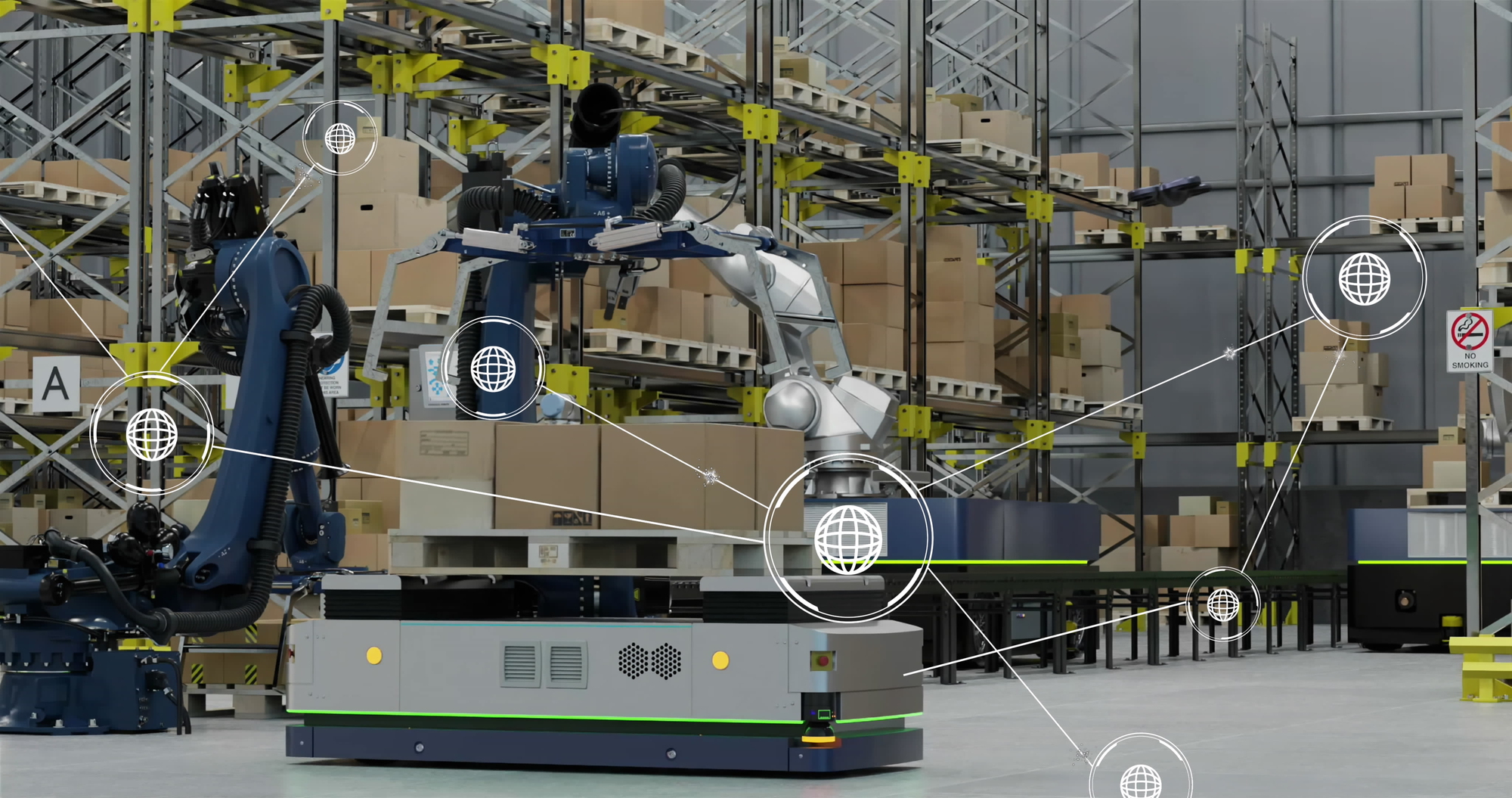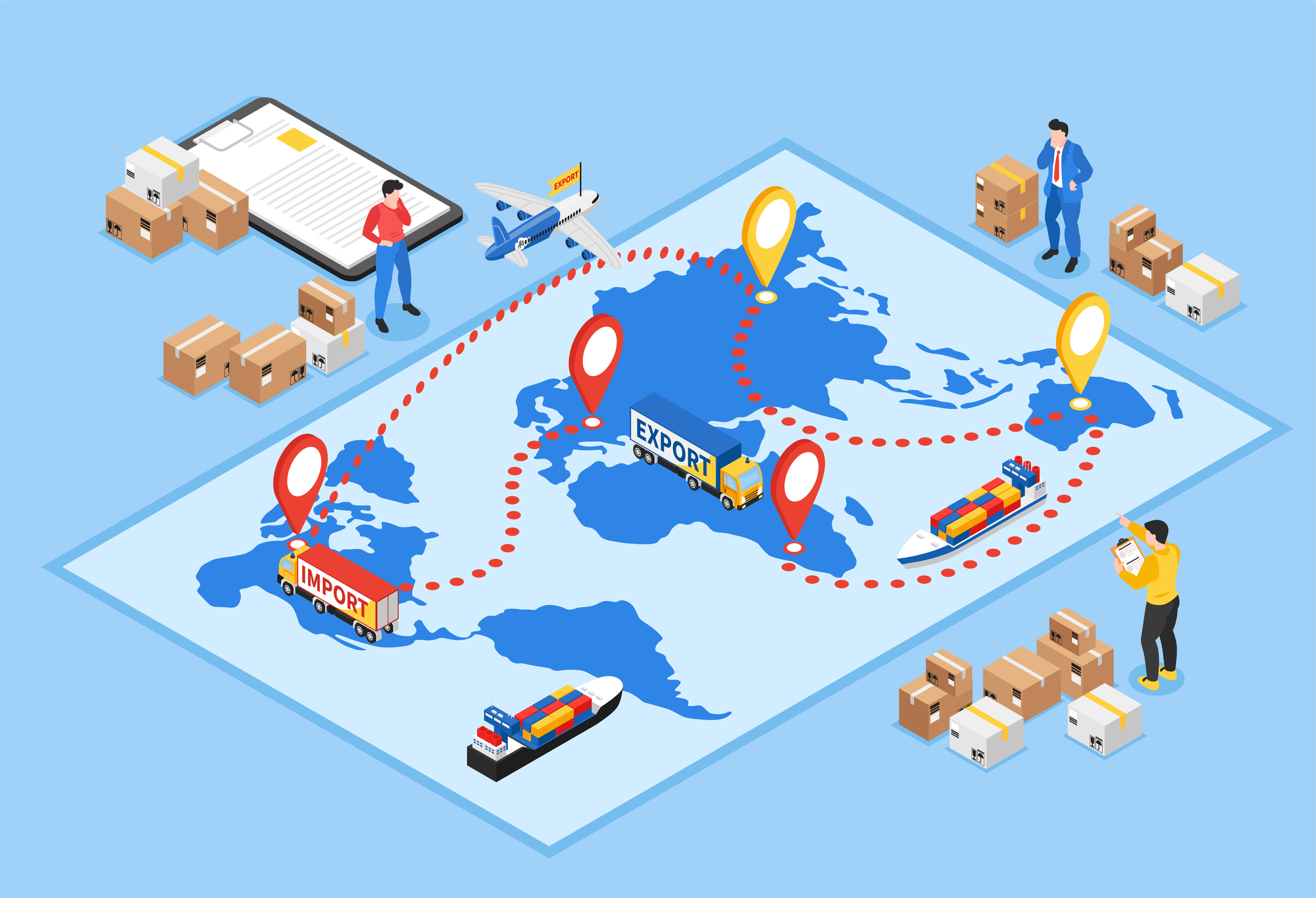Posted by Jim Owens on Mon, 12/21/2020
We keep reading about how companies are reinventing themselves and embracing pandemic-driven transformation, adopting digital technology more readily, and implementing change at an accelerated pace. Supply chain has had an awakening, and a renewed focus on the indirect supply and mission-critical PPE and MRO materials is further enabled by the widespread democratization of digital technologies that continue to drive trends in digital supply chain strategies.
Analytics
Advanced analytics are increasingly being used in dynamic pricing and replenishment and is really the foundation to a robust digital supply chain strategy. A purpose-built MRO analytics tool can take any manner of data and use it to help sourcing specialists pinpoint where best to drive efficiencies in supplier consolidation, cost reduction, and productivity improvements. Analytics can enable better visibility into MRO supply chains, thereby giving customers greater control to better future-proof their businesses.
Mobility
Mobile applications have quickly become the norm, as consumers have become accustomed to ease of use and access to information at the tap of a finger. B2B customers are no different. They want to be able to identify and order parts needed to repair and maintain their production lines, without having to leave the shop floor and walk to a storeroom window, desktop or terminal. Great strides are being made in MRO supply chain mobile apps to give the maintenance users an easier way to get the supply they need to do their jobs.
APIs
Application Program Interface, both the vertical and horizontal integration of platforms, is not new technology, but the application is proliferating. APIs offer a true plug-and-play solution to integrate for secure and easy passage of data between systems, enabling customers to access cutting-edge technology in real-time, without having to start over or build it from scratch. We are now seeing more and more companies that are willing to use open APIs to integrate platforms. This will mean easier integrations between Enterprise Asset Management (EAM) and Computerized Maintenance Management Systems (CMMS) and between purchasing and Enterprise Resource Planning (ERP) systems. Which will play a huge role in digital supply chain management as more and more organizations partner to solve problems, add value, and strengthen the supply chain eco-system. This results in greater transparency, improved efficiency, elimination of waste in the process, and acceleration of the process overall.
Omnichannel Procurement Solutions
Consumers expect an Amazon-like experience, and these needs are driving MRO providers to enable purchasing, compliant to negotiated sourcing contracts, on an open market. Having instant access to global markets that are dynamic creates a forum for competition and innovation. Allowing end users to order the materials they need from any channel seamlessly – whether through a mobile app, walk-up window, terminal, text or phone call – is one half of the picture. Fulfillment options are now offering alternative channels as well. Cloud-monitored, secured point-of-use lockers, pick up in a local store, and delivery/courier options are making it easier than ever for customers to leverage their digital supply chain strategies to order and receive their mission-critical MRO and PPE materials.
RPA
Robotic Process Automation has numerous applications in MRO. RPA tools cut costs, eliminate keying errors, speed up processes and link applications. It has proven to be very effective in simple-use cases where third-party automated data integration poses a challenge. RPA can help with automating procurement and quoting processes, streamlining, and reducing the cost of quoting and purchasing.
IoT
The Internet of Things has advanced rapidly and is one of the key drivers in digital supply chain strategies. Almost any single asset can be monitored at all times. Having that visibility into one asset in advance will predict (and prevent) failure and allow for better planning in the MRO supply chain. While this level of connectivity is not as common in a complete end-to-end supply chain process, the IoT for MRO sits at the intersection of enterprise asset management and supply chain management. This means customers have the parts available and the ability to intercede before it becomes a catastrophic loss. It means improved asset utilization and higher uptime, more customer focus, better end-to-end supply chain performance, superior supply availability, greater visibility and improved reliability.
Contactless Last Yard Fulfillment Solutions
More and more, procurement and maintenance teams are leveraging the digital ecosystem for extra value in their MRO and indirect supply chains. In the B2B world, that means taking that visibility into the supply chain and moving beyond central receiving within the manufacturing plant. The last yard extends beyond last-mile logistics to integrate critical products, parts, and services to seamlessly and efficiently manage operations, facilities, break rooms, and storerooms. Leveraging the digital ecosystem in combination with dynamic platforms, B2B customers’ need for ease of ordering, transparency, and speed can be fulfilled with additional value such as site storeroom services, inventory management, and controls to extend their digital supply chain strategies from the receiving door to the operations floor. This last yard provides organizations with visibility into unmanaged purchases, reduces transaction costs, and shortens the distance between the point of purchase and point of use.
Blockchain
Any digital supply chain strategy involves various parties from one end to the other. For direct supply you could have dozens of suppliers and partners in your supply chain. For MRO, it’s not dozens; it’s thousands of suppliers in such a fragmented supply chain that traceability, automation, and security are virtually impossible. Innovative technologies such as blockchain can significantly impact and shift the very nature of the MRO supply chain. Blockchain will help address visibility and traceability to reduce counterfeiting, track warranty and repair history, and improve efficiency in pay, virtually eliminating match exceptions.
The future of MRO is digital supply chain management, and it is here. Companies who have embraced digital technologies are finding themselves in a position of strength. And because the technology is scalable, it’s easy to start small and scale up after some key wins. The professionals at SDI can show you how our services can make your MRO digital supply chain strategy work harder to eliminate repetition and redundancy, make operations more transparent, and make maintenance more predictive and proactive. Contact SDI to find out how.





